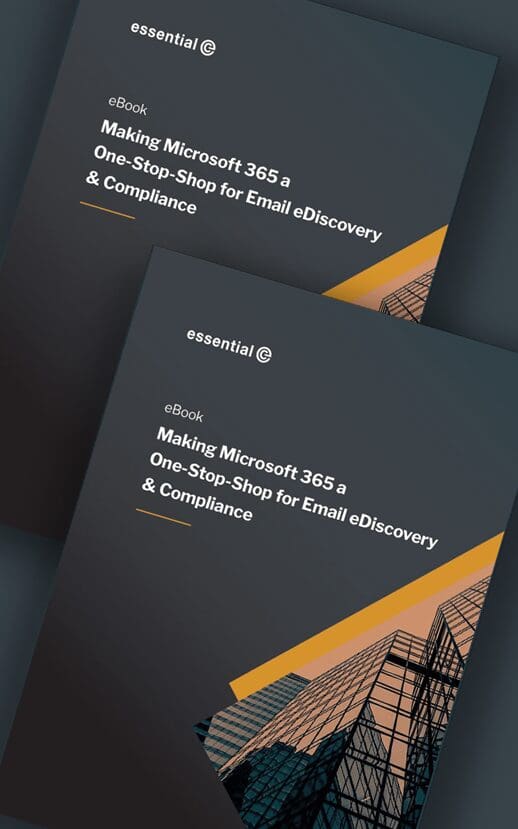PST Migration
Top 6 PST Elimination Challenges
Warning:
.psts are like vermin.
Experts agree they are a pest and IT departments across the world are all too familiar with the support nightmares they create. They also carry the risk of data loss & exposure.
Apart from being massively out-of-control in most organisations (difficult to locate on users’ hard disks and containing unknown evils), they are inherently difficult to grapple with.
Having worked on PST elimination projects for over fifteen years now, we have encountered quite a few challenges and gotchas. Here’s just a few to bear in mind if you are planning to get rid of your PSTs.
This article was first posted over a decade ago and all the points are still valid. We wonder whether Microsoft’s move to not support them in new Outlook will see PST files eliminated once and for all…
1. Users Get Attached to their PSTs
Having been forced to use PSTs for so many years to stay within enforced quotas, end users have become used to them ‘being there’. We know of law firms whose partners have created PSTs for each major client, and store them on their laptops. Removing PST files without explaining why; and without creating a familiar and easy way to access the contents of PSTs post migration, will be very dimly received. Perhaps the latest version of Outlook (new Outlook) that doesn’t allow PST files to be opened directly from Outlook will change this situation.
2. PSTs are only accessible by one user/application at a time
PSTs are only really designed to be accessed by one user or application at a time. This creates a challenge where PSTs are opened when a user logs into Outlook. If this happens as a matter of course at your organisation you will need some way to ensure users don’t access their PSTs during your migration project (see also next point). You will also have to work out how you are going to tackle users with laptops that only connect to the network intermittently, and users that always have their PSTs open.
3. PSTs are usually an ‘all or nothing’ thing
If you look at a PST in a directory listing – it’s just one file. It’s effectively a container file, and with most solutions that you can use to move or eliminate PST contents, you’re typically looking at taking the whole file with you. This can mean taking a whole bunch of stuff you just don’t need or that falls outside of your retention policy. Having said this, it’s possible to take a more granular approach and just select the items you want to move according to different criteria. We have found this saves a lot of time and network bandwidth (as well as archive storage).
4. PSTs might be changing all the time
If you plan to tackle PSTs we recommend you create an Outlook Group Policy that makes the existing PSTs read only and prevents new PSTs from being created. This will put your PSTs in a ‘stable’ situation while you are tackling them. If all your users are working with new Outlook (rather than classic), this might not be an issue (see point 1).
5. Be Careful Assigning Ownership
From a legal and audit point of view, who owns a PST file can be vital information. Where PST files are stored on network shares it might seem to be obvious who the owner is, but this depends on how structured the shares are and permissions on each folder within the share. Where “team” folders exist, each PST file could contain messages which are “owned” by several people. Where PST files are stored on desktops then you need to examine what happens when one user leaves and another joins. Are the desktops completely rebuilt or just new profiles configured? In the latter case PST files could be lurking that belong to users who have left the organisation many moons ago!
6. What happens post PST removal?
Users who are working offline will tend to have PST on laptops. Using Outlook in cache mode (which creates an OST file) is the logical alternative for enabling offline access, so following a PST migration exercise you need to make allowance for the extra network traffic that will be created during the first offline synch after migrating them.
There are many more PST tips we have
Find out more about our PST migration services.















